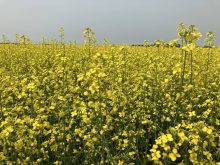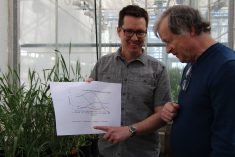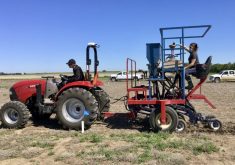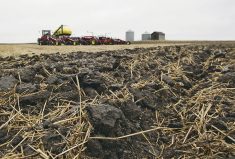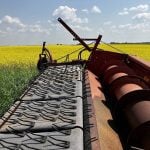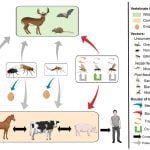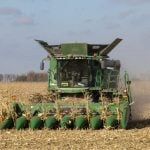Some producers may be looking at soil health a little differently, but there are still not a lot of them taking soil samples, says a provincial crop specialist.
“Soil sampling gives you an evaluation of the nutrient levels in your soil,” said Mark Cutts of Alberta Agriculture and Forestry’s Stettler office. “If you know that you need nitrogen or phosphorus in the crop, then you can counter those when it comes time to put your blends together or get it from an agronomist.”
Soil sampling can also determine soil pH, soil solubility and organic matter, he added.
Read Also
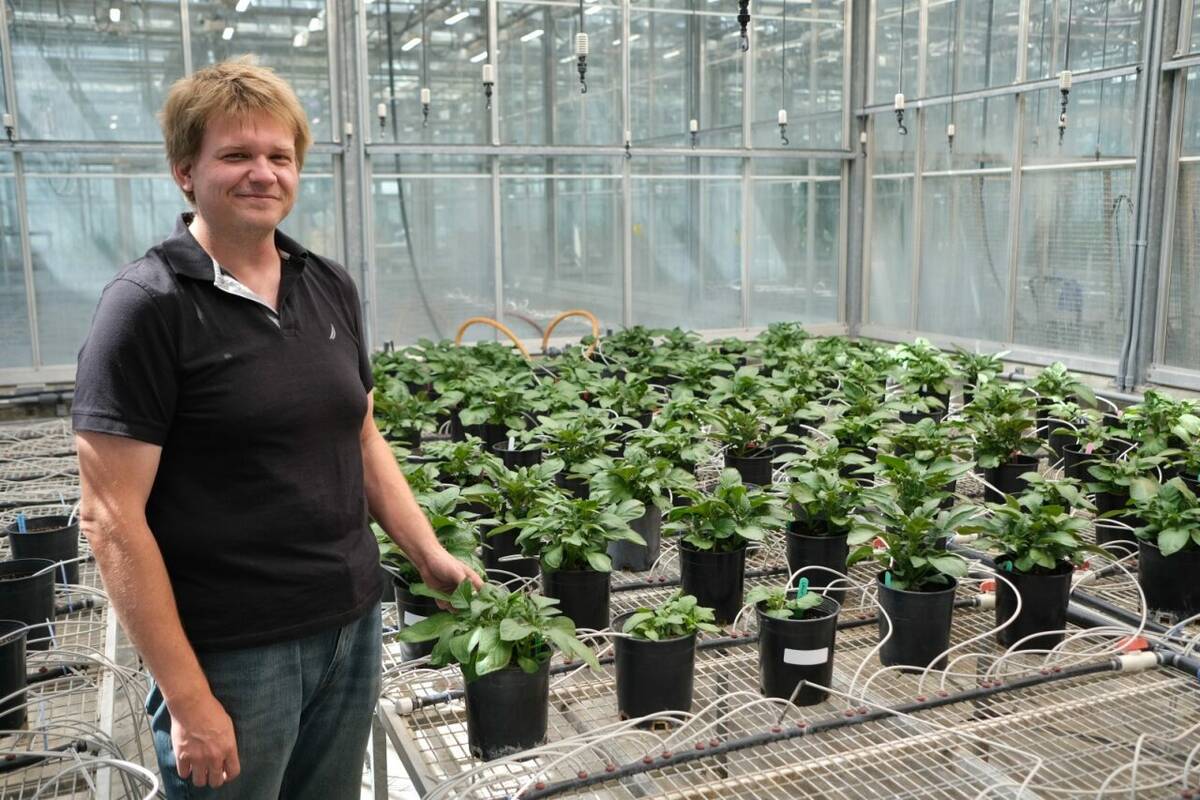
Hail research hopes to benefit potato growers
Alberta research scientist measures hail storm and heat dome affects on potato crops
And while some producers are thinking about other soil health factors such as soil aggregation, water infiltration rates, and other attributes, it’s still a minority who are taking soil samples.
Cutts isn’t sure why that is.
“From my perspective, that information is very helpful in figuring out your requirements for the next crop,” he said. “Soil pH and organic matter is very good information to have.”
Agronomists do a fairly high number of tests, often using sampling or coring machines while many producers use hand augers. Whatever the method, it’s important to get enough samples, said Cutts.
“The key with soil sampling is to collect from representative areas of the field,” he said. You should stay away from areas in the field that are extra wet.
And, of course, you have to act on what the soil tests reveal.
“If there are samples (of fields) that are low yielding, make sure that you can figure out how to manage them,” he said.
While labs aren’t doing soil sampling that differently, there have been some changes in technology. GPS allows producers to go back to the same area of the field and sample again, which produces a more consistent dataset, he noted.




